An antique Roman Atrium
signed lower right (illegible)
Ink, Ink wash and white gouache heightenings
20 x 13 cm
Framed : 35.5 x 27 cm
The signature has not yet been deciphered, but this drawing shows great technical mastery. Every detail is meticulous, such as the vase motifs in the lower left, and the play of light and shadow is equally remarkable, all of which demonstrates the artist's talent.
With the romantic age, writers and artists had a growing interest for the antique roman dailylife, as in the same time, like their public they were less and less interested by the the great Antique, epic and Mythological themes.
With the incredible discoveries of Pompei excavations at the end of the 18the century, for the first time it was possible to imagine the real life of roman people and not only the history of heroes and historical figures.
Painters like Lawrence Alma Tadema (1836-1912) and Jean-Léon Gérôme (1824-1904) were the masters of these depictions, Edward Bulwer-Lytton wrote "The Last Days of Pompei" in 1834, one of the first historical novel.
That's in this cultural mood that this very fine drawing has been conceived, it's very typical of this romantic time.







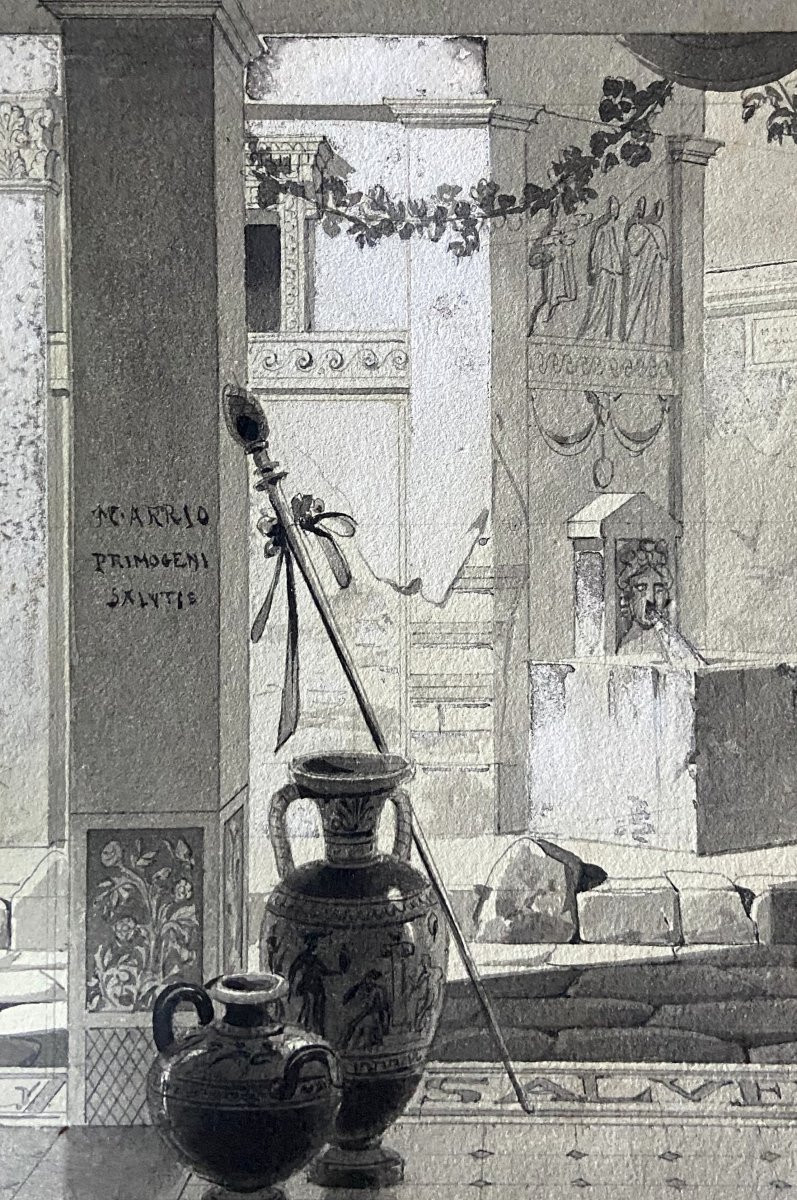
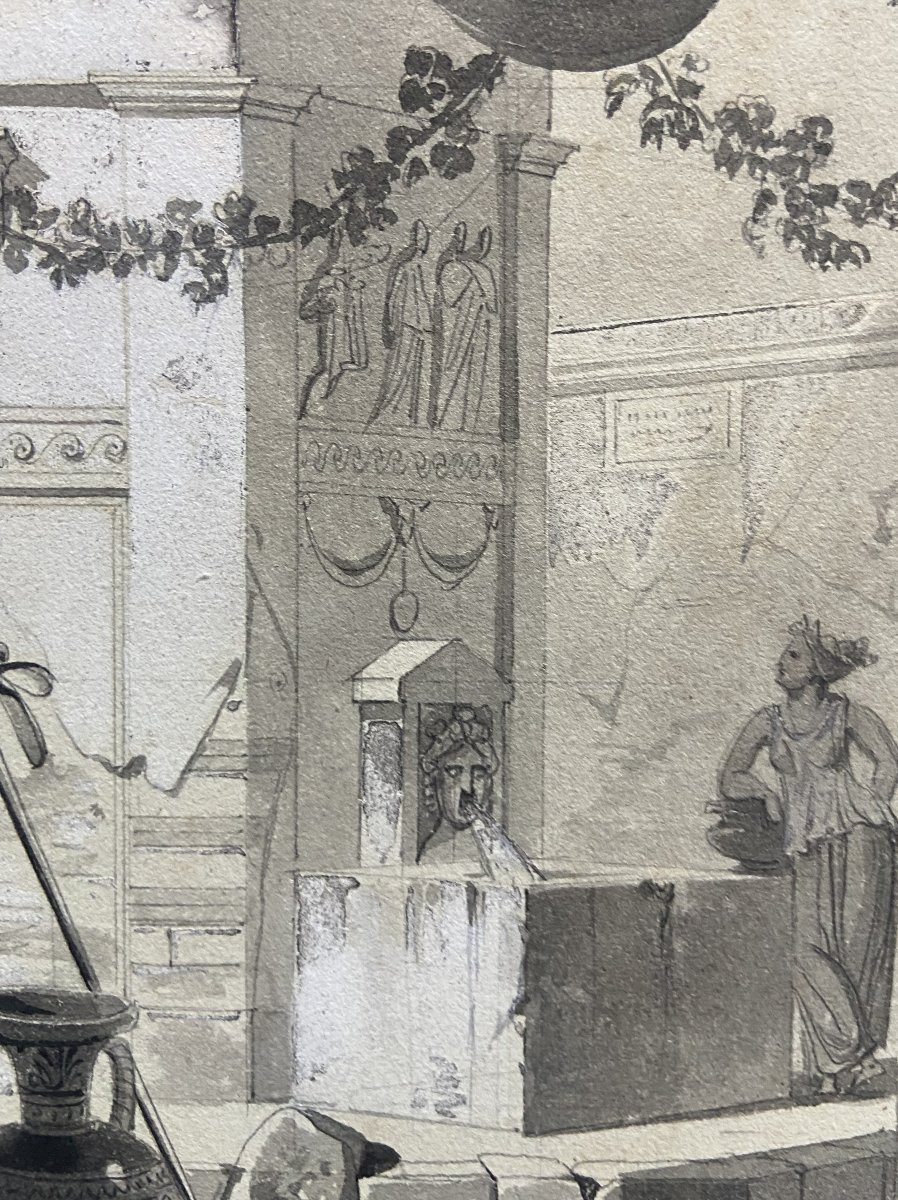
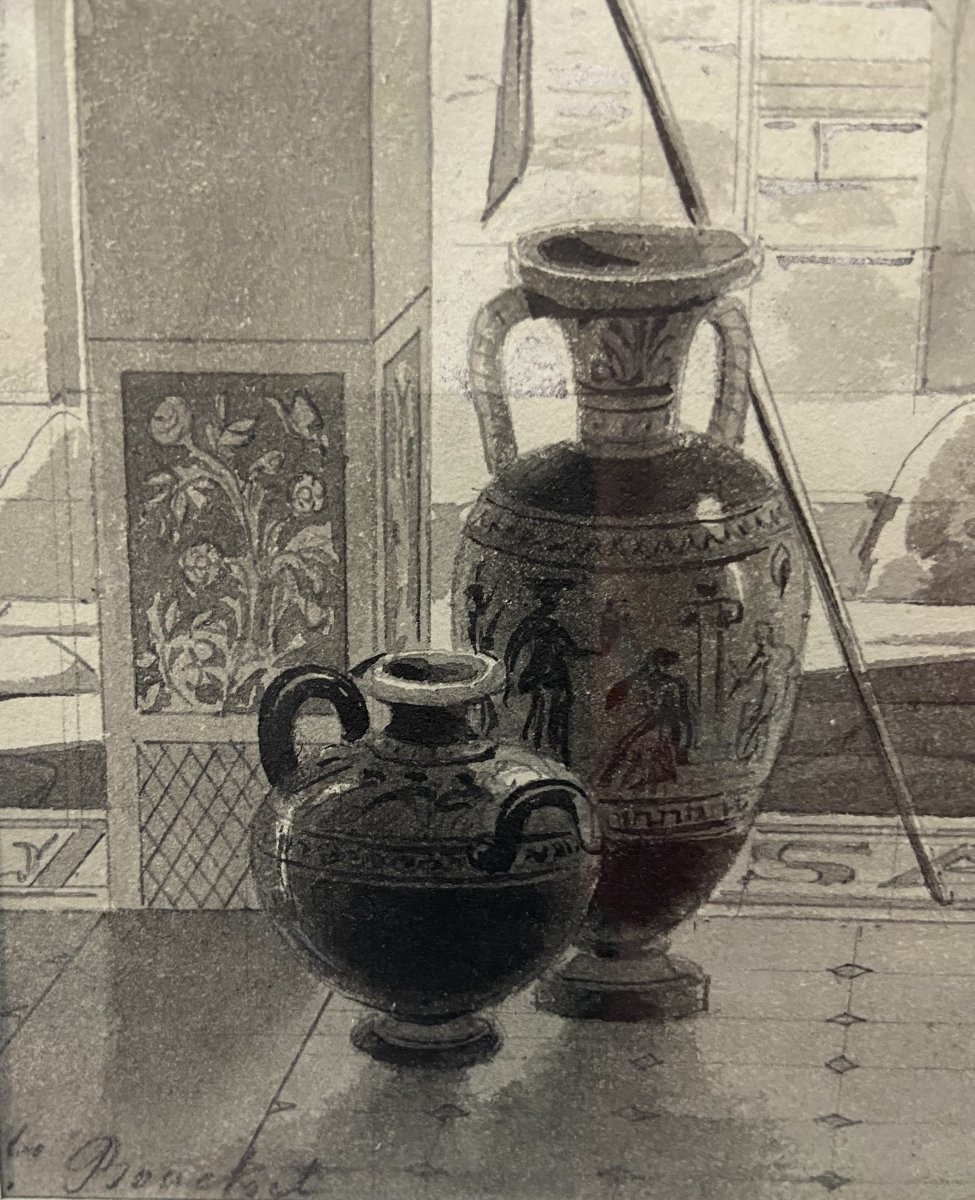























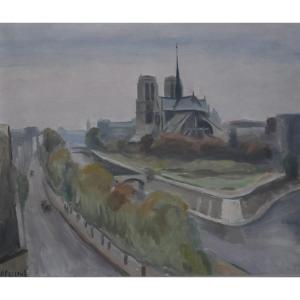

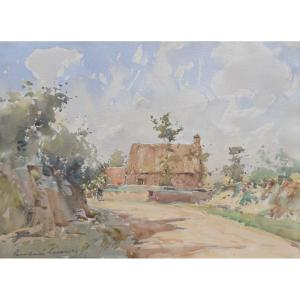


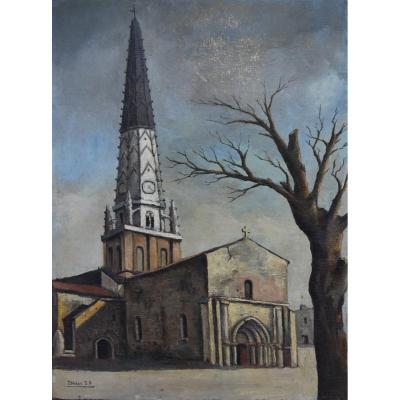

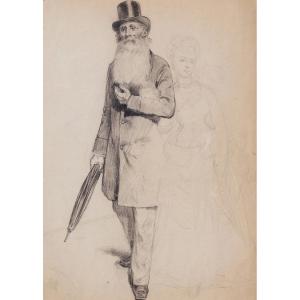
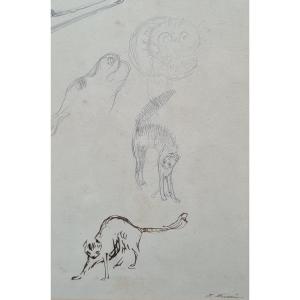






 Le Magazine de PROANTIC
Le Magazine de PROANTIC TRÉSORS Magazine
TRÉSORS Magazine Rivista Artiquariato
Rivista Artiquariato